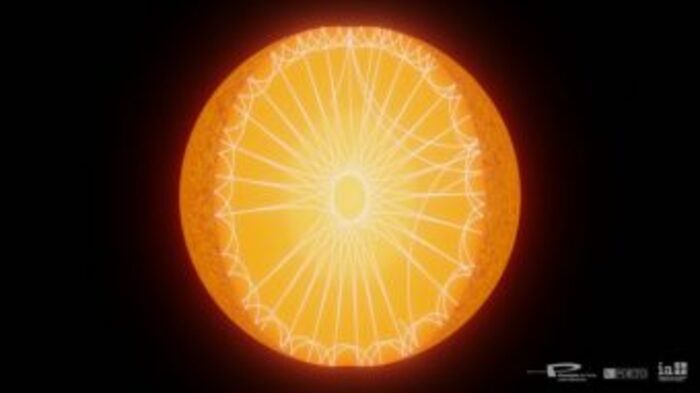The planet candidate was discovered in a spiral galaxy like this one (archive image)
Photo: NASA / REUTERS
It could be about the size of Saturn, the object that US astronomers have discovered in the star system M51-ULS-1 and that they believe to be a potential planet. The special thing about it is that it does not turn its orbits around a star in the Milky Way, like all known planets, but around one in the spiral galaxy Messier 51 - 28 million light years away from Earth. This is what the research team from the Center for Astrophysics at Harvard and Smithsonian at Cambridge wrote in their report. That would be more than a thousand times farther from Earth than the previous record holders who, according to the German Aerospace Center, turn their orbits 22,000 light years away.
According to the scientists, the object was discovered so far away because it is located in an X-ray binary star system: Although these are a million times brighter than the sun, the source of the radiation is limited to a comparatively small space. The intense X-ray radiation for an observer on earth can therefore be completely blocked by the passage of a planet.
The team systematically searched the night sky for such systems with the Chandra X-ray telescope from NASA - they found what they were looking for with the M51-ULS-1: the X-ray emissions in the system fell to zero for more than three hours.
"Our discovery of the planetary candidate gives us the first insight into external populations of planetary systems and extends the range of the planet search to distances that are about 10,000 times further away," said study director Rosanne Di Stefano.
Verification as a planet will be difficult
However, it will be difficult to finally verify the presumed exoplanet as such: To do this, another passage of the object in front of the double star would have to be observed - but this will be around 70 years away due to the long orbit.
"And because of the uncertainties about how long it will take, we wouldn't know when to look," said co-author Nia Imara of the University of California at Santa Cruz.
There is criticism from colleagues at the end of the researchers that they are dealing with a suspected exoplanet.
The physicist Hugh Osborne pointed out that NASA's TESS telescope observed more than 100 million star systems a day over a longer period of time, but never discovered one with a comparable orbital period.
Sol





/cloudfront-eu-central-1.images.arcpublishing.com/prisa/TQ73US57UFGWTIXR7C3BS2OTIA.jpg)



